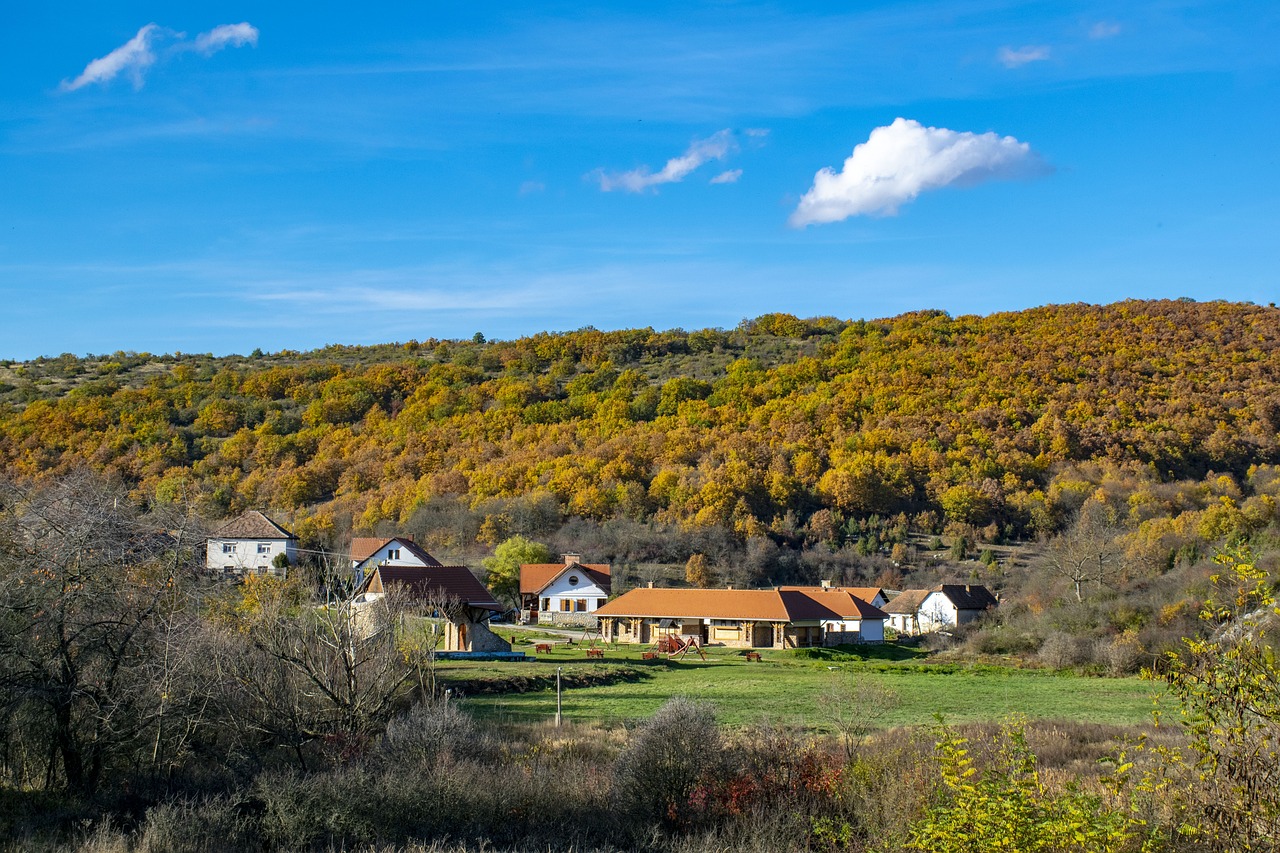The government's aim is to increase the country's forest area to 2.5 million hectares by 2030.Continue reading

Data from HungaroMet, the Hungarian meteorological service, show that the air quality values meet the relevant EU requirements throughout the country, the Ministry of Energy said.
The data for the most affected areas also show a clear improvement trend: the area around Pécs (southwestern Hungary) has met the EU’s PM10 pollution limit values since 2018, Budapest and its agglomeration since 2020, while the Sajó Valley since 2023. Air quality is influenced by a number of factors, such as geographical location, meteorological processes, air pollution from long distances and from neighboring countries. Therefore, compliance with the limit values can only be achieved by reducing emissions, the ministry stressed.
Hungary has taken significant steps in this direction in recent years.
The ministry added that in 2020, the government adopted the National Air Pollution Control Program, extending the previous PM10 emission reduction program. This includes measures for industry, energy, transport, agriculture, and the public sector to achieve the emission reduction target, and sets out the direction for regulations and subsidies in the various sectors.
Implementing these measures will reduce the environmental and health burden by more than 50% by 2030.
The HungAIRy LIFE integrated project to improve air quality was launched in 2019, in 10 Hungarian municipalities covering eight regions, according to the ministry. The organizations involved in the project will protect air quality by developing a decision-support and air quality modelling tool. They will review the air quality plans of the municipalities concerned, awareness-raising and information activities, local pilot actions, and a national advisory network.
The ministry underlined that the energy efficiency upgrading of residential buildings, such as home renovation subsidies, will make a significant contribution to achieving air quality objectives.
This support scheme provided for energy efficiency and air quality relevant investments until the end of 2022.
In addition, the Ministry of Energy has revised the emission limits for several particularly toxic air pollutants for industrial plants to levels that are stricter than those set by EU legislation, as in Germany. As a result, environmental authorities can impose stricter limits in permits, reduced by half or a fifth of the previous ones, regardless of the type of activity.
Via MTI, Featured image: Pixabay